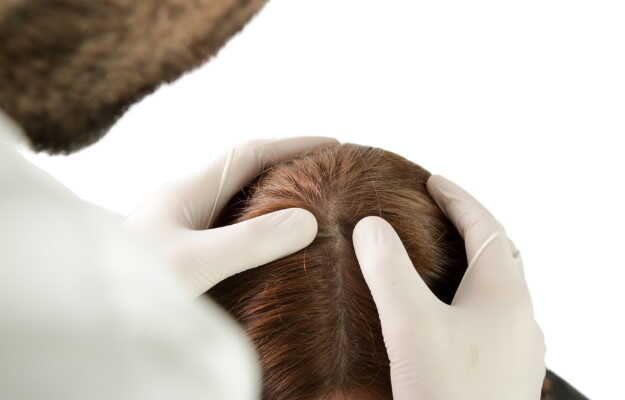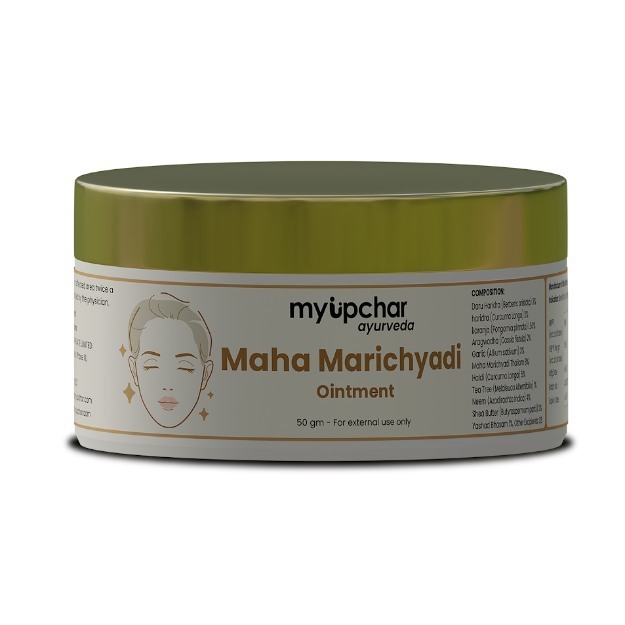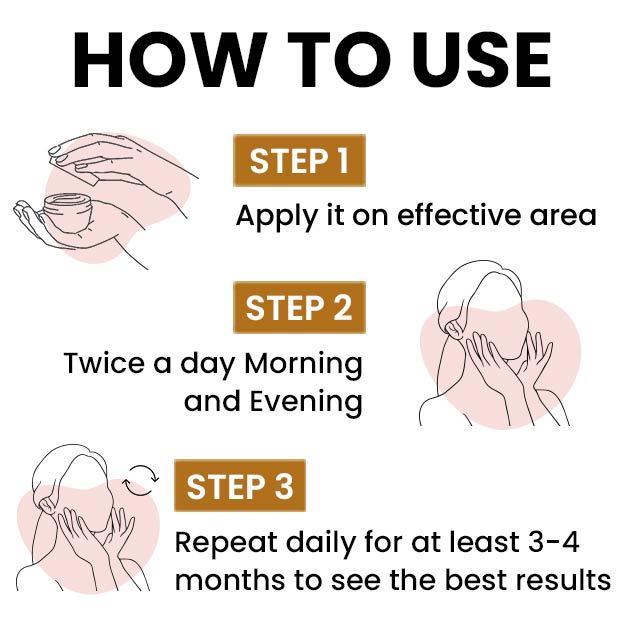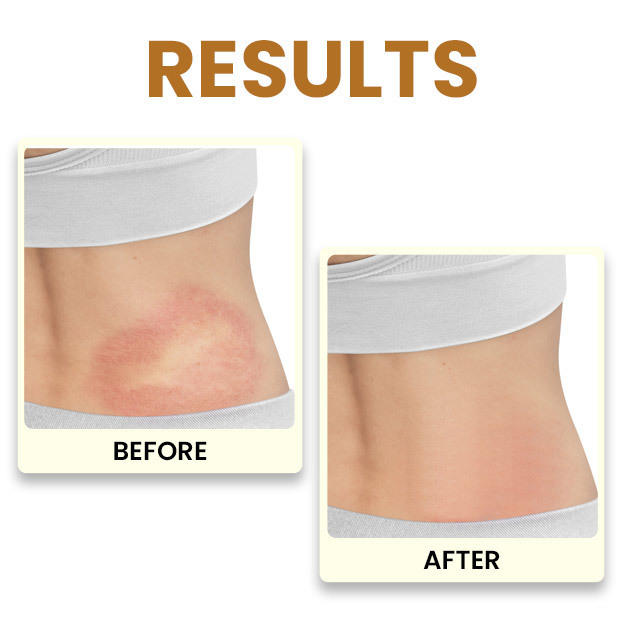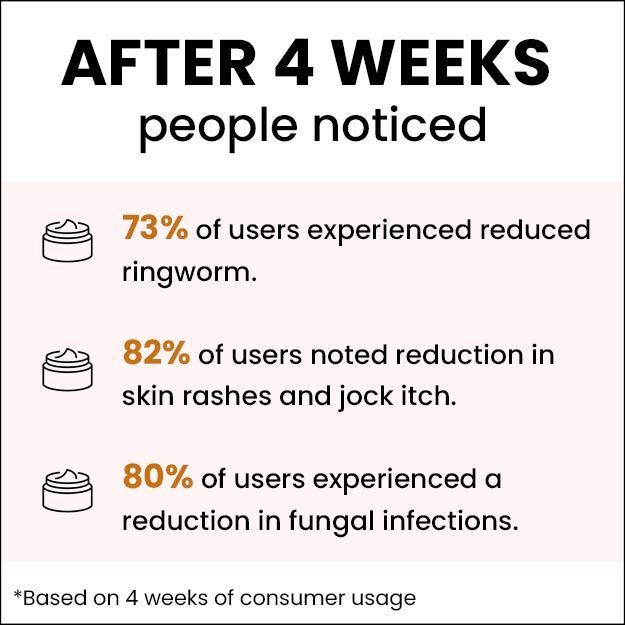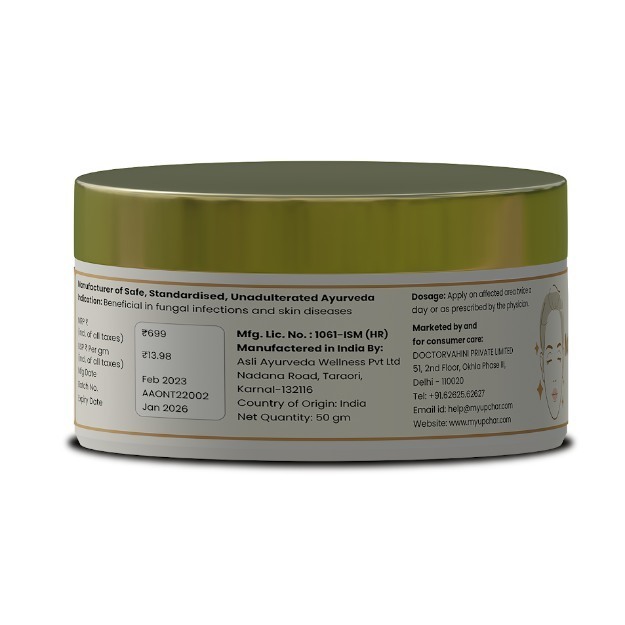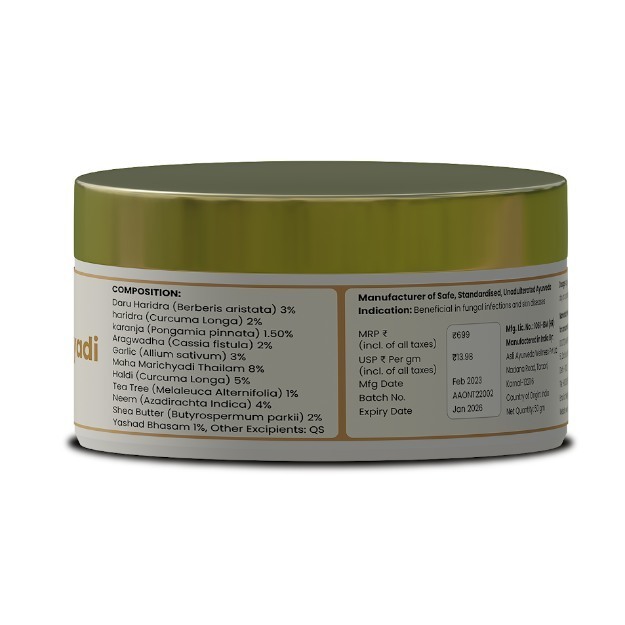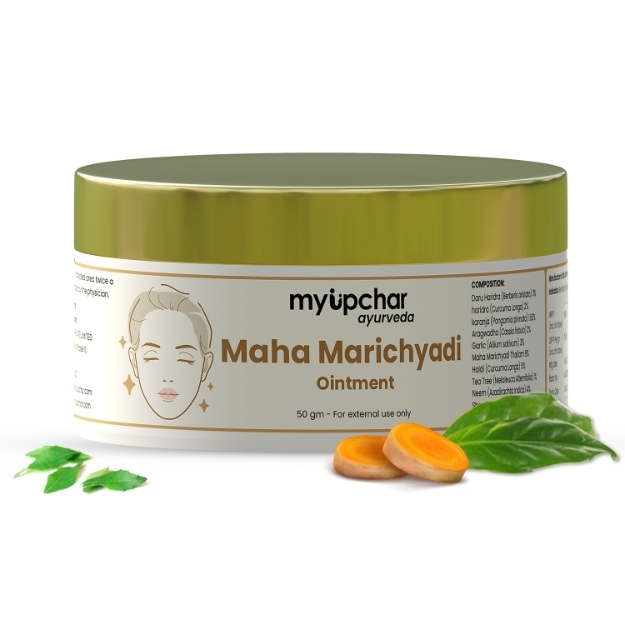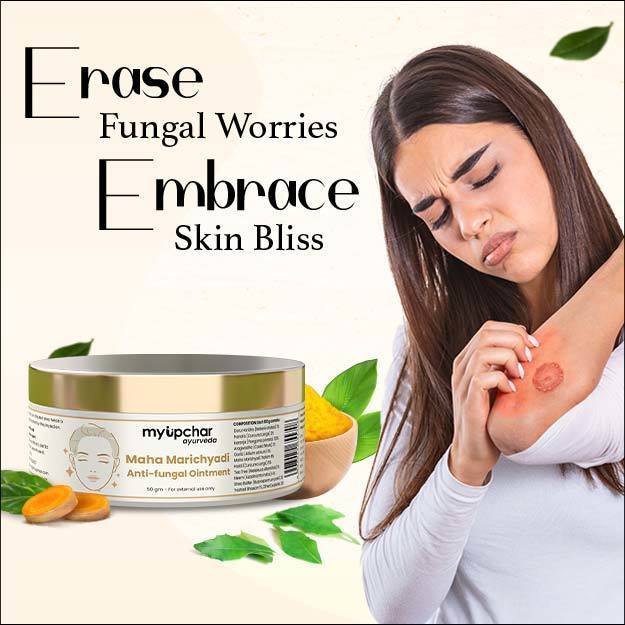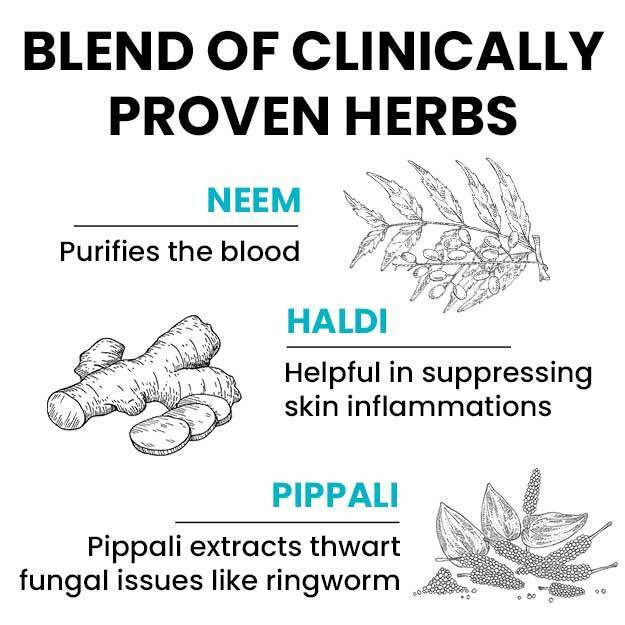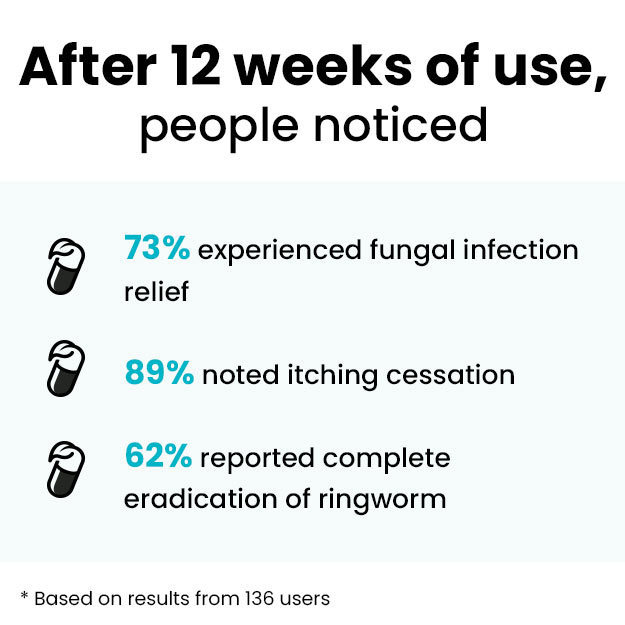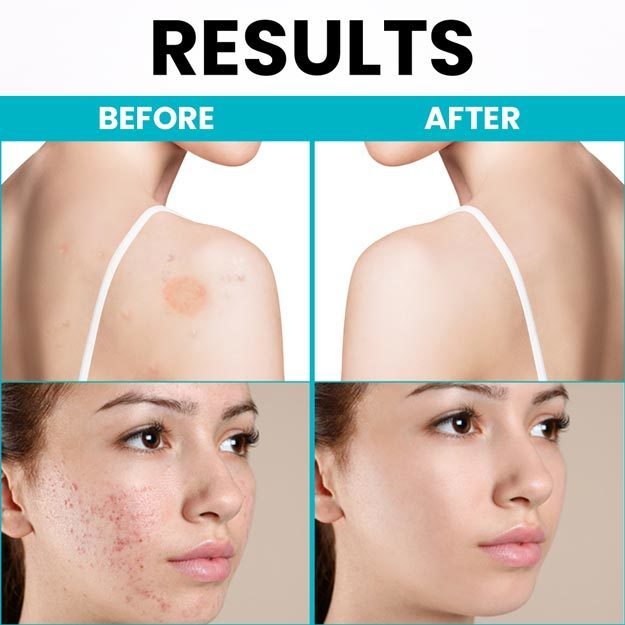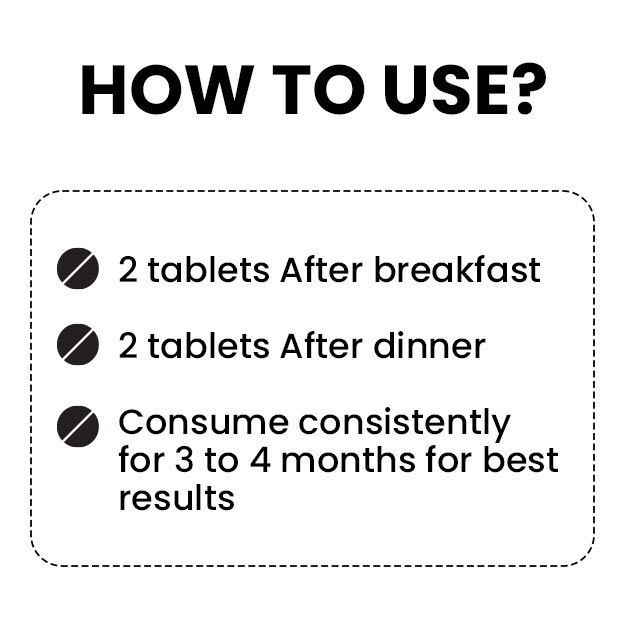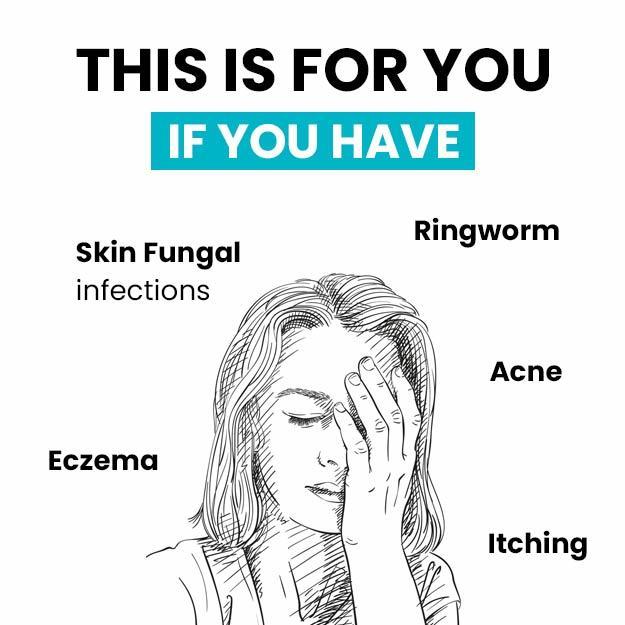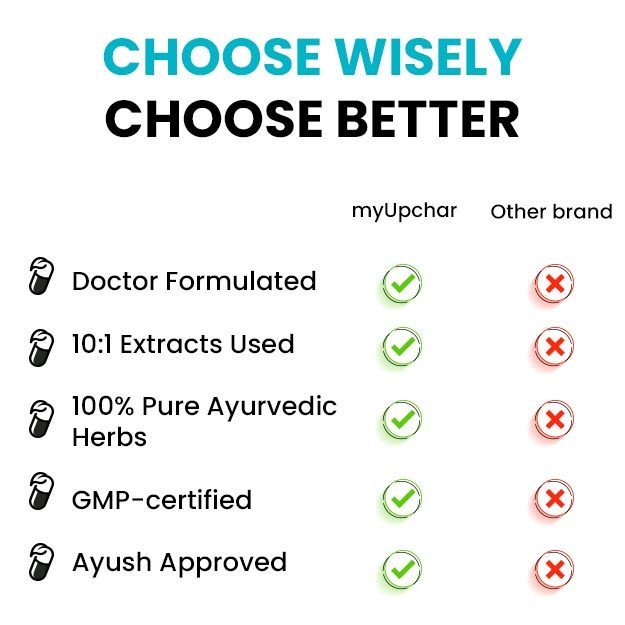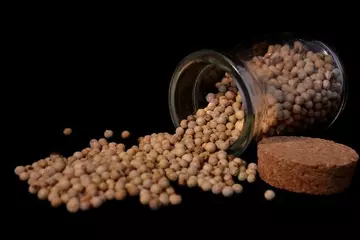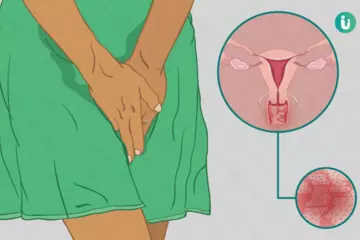Fungal infection in the head can be treated in many ways. First of all, the doctor sees at what stage the fungus is. In some cases, it can be treated by changing the shampoo, while in some cases it can be treated with antifungal medicines. In some cases, there is also a need to give antifungal injections. Let us know in detail about the treatment of fungal infection in the head -
Antifungal medication
Research shows that antifungal medicines known as azoles, such as fluconazole (Diflucan) and allylamines, are successful in treating this problem. The success rate of these drugs in treating Candida is 80-100 percent.
In addition, major antifungal medications griseofulvin (Grifulvin V, Gris-PEG) and terbinafine hydrochloride (Lamisil) may also be prescribed for the fungus. These are oral medicines, which you take for about six weeks. Both have some common side effects which include diarrhea and stomach upset. Your doctor may recommend taking these medicines with high-fat foods such as peanut butter or ice cream. Nystatin or amphotericin B are antifungal medicines, which the doctor may prescribe depending on your condition.
(Read More - How to remove fungal infection marks)
Medicated shampoo or cortisone foam
The doctor may ask you to use a medicated shampoo to remove the fungus and prevent the spread of the infection. The shampoo contains active antifungal components. A medicated shampoo or cortisone foam with any of the ingredients listed below can be used. As -
- Ketoconazole
- Selenium sulfide
- Clotrimazole
- Econazole
- Oxiconazole
- Miconazole
- Naftifine
- Terbinafine
The medicated shampoo helps prevent the spread of the fungus, but it does not kill the fungus. In such a situation, doctors recommend using this shampoo along with some medicines. Using the medicated shampoo twice every week for a month may be recommended by the doctor. While using this shampoo, leave the shampoo on for 5 minutes, then wash off.
Home remedies
Some people use natural alternatives to treat scalp yeast infections. Here are some home remedies that you can try -
- Apple Cider Vinegar - To help loosen dead skin and reduce inflammation, apply apple cider vinegar mixed with equal amounts of water to the scalp.
- Coconut oil - Coconut oil is believed to have antifungal properties. You can use it on your own on straight hair.
- Essential Oils - Essential oils (tea tree oil, lavender oil, or lemongrass oil) have antimicrobial properties, which may help with fungal infections of the scalp. For this, you can mix 12 drops of coconut oil per 1/4 cup of essential oil and apply it to the scalp. Olive oil can also be used instead of coconut.
Recovery and reinfection
The fungus heals slowly, but it may take more than a month to see any improvement. In such a situation, you have to be patient and continue taking all the medicines as per the instructions of the doctor.
- The doctor may examine you in 4 to 6 weeks to make sure that the infection is getting better. The fungus can be difficult to get rid of and sometimes the infection can occur more than once. Sometimes severe conditions or long-term effects may also result in baldness like patches or scars.
- After starting the treatment of fungus, you should avoid coming in contact with more people, because by doing so others may also be afraid of getting fungus.
- Pets and other family members should be examined and treated if necessary. This will help prevent re-infestation.
- Do not share towels, combs, hats, or other personal items with other family members.
- You can disinfect the comb and brush of an infected person by soaking them in bleach water.
- Apart from this, it is necessary to do a patch test before using any product on the head. Try applying it on a small part of the skin, if there is no irritation or rash, then you can apply it on your head.
(Read More - Yoga for fungal infection)

 Doctors for Ringworm of the Scalp
Doctors for Ringworm of the Scalp 
